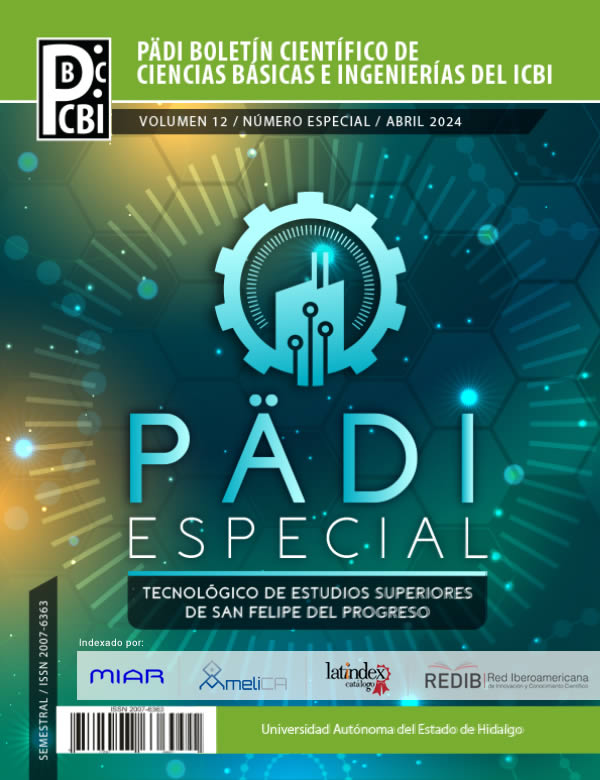Identificación de autores y análisis polarizado de notas mediante el uso de inteligencia artificial
DOI:
https://doi.org/10.29057/icbi.v12iEspecial.12106Palabras clave:
Redes neuronales, Clasificación supervisada, Análisis de textos, Características lingüísticas y NoticiasResumen
La identificación de los autores y el análisis polarizado en las notas, mediante el procesamiento del lenguaje natural, es un sistema capaz de identificar los autores que se encuentran en la nota, permitiendo una identificación precisa de cada autor. Además, este sistema incorpora el análisis de sentimientos y polaridad de las notas, lo que permite apreciar las actitudes y opiniones expresadas en las notas, el enfoque integra inteligencia artificial, la cual no solo ofrece una solución eficiente para la gestión y organización del documento, si no también proporciona información valiosa sobre el tono y la orientación emocional de las diferentes notas, así como para el análisis de opiniones y actitudes dentro de un conjunto de datos. Para la clasificación, se llevó a cabo un proceso de etiquetación, el cual consiste en asignar valores de -1 para negativo, 0 para neutral y 1 para positivo.
Descargas
Información de Publicación
Perfiles de revisores N/D
Declaraciones del autor
Indexado en
- Sociedad académica
- N/D
Citas
Bird, Steven, Edward Loper and Ewan Klein (2009). Natural Language Proccesing with Python. O´Reilly Media Inc.
MathWorks. Documentación Softmax. https://la.mathworks.com/help/deeplearning/ref/softmax.html?lang=en
Martín Abadi, Ashish Agarwal, Paul Barham, Eugene Brevdo, Zhifeng Chen, Craig Citro, Greg S. Corrado, Andy Davis, Jeffrey Dean, Matthieu Devin, Sanjay Ghemawat, Ian Goodfellow, Andrew Harp, TensorFlow: Large-scale machine learning on heterogeneous systems, 2015. Software available from tensorflow.org.
Loria, S., (2022). TextBlob: Simplified Text Processing. https://textblob.readthedocs.io/en/dev/
The pandas development team (febrero, 2020). Pandas-dev/pandas: Pandas. DOI: 10.5881/zenodo.3509134.
Hunter, J. D., (2007). Matplotlib: A 2D graphics environmet. Computing in science & engineering, vol. 9, no. 3, pp. 90-95. DOI: 10.1109/MCSE.2007.55
Solc, T., (2022). Unicode. https://pypi.org/project/Unidecode/
Kim, T., Wurster, K., (agosto, 2023). Emoji for Python. https://pypi.org/project/emoji/
Keras-Team. Documentación Keras. https://keras.io/about/
Cardoso, A., Talame, L. Minería de Opiniones: Análisis de sentimientos en una red social. http://sedici.unlp.edu.ar/bitstream/handle/10915/77379/Documento_completo.%20An%C3%A1lisis%20de%20sentimientos%20en%20una%20red%20social.pdf-PDFA.pdf?sequence=1&isAllowed=y




















